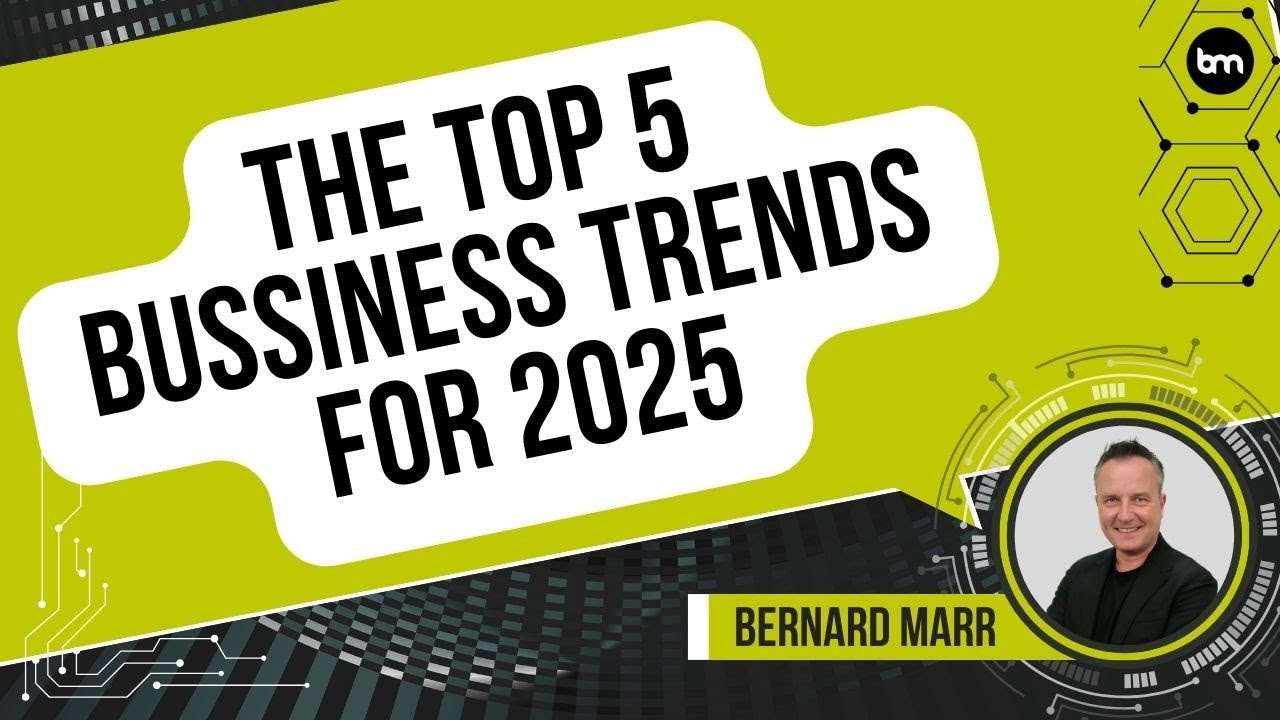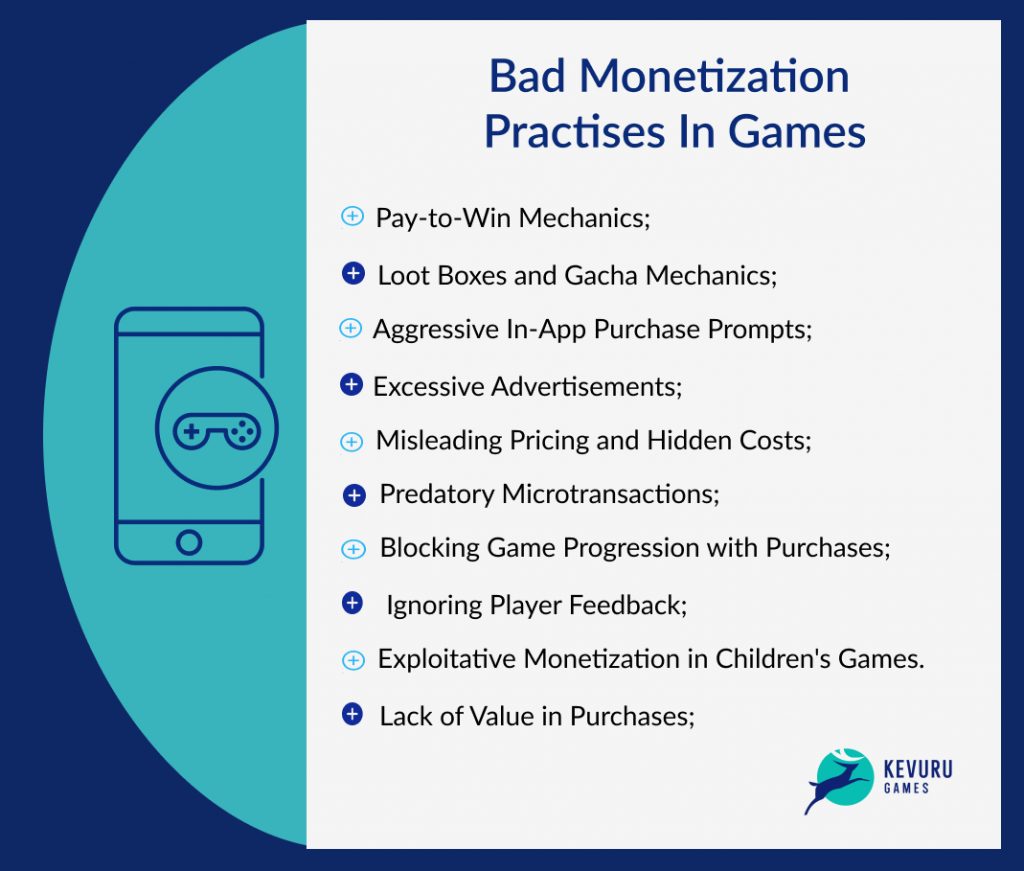
The Price of Intelligence: OpenAI’s Path to Artificial General Intelligence
In the burgeoning landscape of artificial intelligence (AI), the term Artificial General Intelligence (AGI) has gained traction, particularly with the advent of advanced language models such as ChatGPT. While these systems have infiltrated multiple sectors of life, they paradoxically do not fulfill the stringent criteria set forth by their creators regarding AGI—especially when financial performance is considered. Recent confidential documents have illuminated a significant agreement between OpenAI and its investor partner, Microsoft, shedding light on what constitutes AGI in their framework.
According to these documents, both companies agree that a model developed by OpenAI will officially be recognized as AGI once it achieves a staggering profit threshold of $100 billion. This financial benchmark underscores the belief that AGI represents not just a technological evolution but also a lucrative opportunity.
Defining AGI
AGI is often described as a theoretical form of intelligence that surpasses current AI models in capability and autonomy. OpenAI classifies AGI as “highly autonomous systems that outperform humans in the majority of economically valuable tasks,” while Microsoft defines it as capable of performing a wide array of tasks at or above human levels. This raises a pertinent question: at what point do we officially deem a technology as achieving AGI, and how might it reshape the future? The answers are not straightforward, with various interpretations influencing the discourse.
 The evolution of artificial intelligence and its impact on various sectors.
The evolution of artificial intelligence and its impact on various sectors.
Financial Focus Behind AGI
Recent investigations by The Information reveal that Microsoft and OpenAI’s alignment on the AGI definition may be more financially driven than previously thought. Earlier this year, they reportedly consolidated an understanding that OpenAI’s AI model would only qualify as AGI once it generates at least $100 billion in profit. This entails that, under the terms of their agreement, Microsoft would lose access to OpenAI’s technologies upon reaching this AGI milestone, a clause aimed at mitigating the potential misuse of AGI technology.
However, OpenAI finds itself a long way from achieving this monumental profit. Predictions suggest the company will incur losses approaching $5 billion in 2024. This alarming deficit comes even as it has secured fresh investments from titans like Microsoft and Nvidia, yet contingent on its shift from a non-profit to a profit-driven entity, thus transforming into a Public Benefit Corporation (PBC).
The Microsoft-OpenAI Partnership
The collaboration between Microsoft and OpenAI has generated significant buzz in the technology sector. As the former provides crucial computational resources, ChatGPT has integrated seamlessly into Microsoft’s own AI applications, such as Copilot. This partnership has raised eyebrows, particularly in light of reports indicating Microsoft’s efforts to integrate diverse AI models from various sources into its applications.
The AGI Threshold & Future Speculations
Should the $100 billion profit benchmark serve as the only criterion for OpenAI’s AGI status, it might take considerable time before we witness a true AGI model emerging from the startup. Yet, the implications of reaching AGI standards could mean that Microsoft may supplement its AI platforms with capabilities reminiscent of AGI, albeit without the explicit label. This suggests a whimsical landscape where the lines between advanced AI and AGI may become increasingly blurred, especially as the technology evolves.
Conclusion: A Long Road Ahead
As the race for AGI intensifies, the undercurrents of financial motivations entwined with technological aspirations could significantly influence the future trajectory of AI development. The partnership between Microsoft and OpenAI not only illustrates the commercial interests in this realm but also highlights the complexities intertwined with defining and measuring AGI. Until the elusive $100 billion profit goal is attained, stakeholders will continue to navigate the murky waters of AGI expectations versus reality, shaping the narrative of artificial intelligence for years to come.
For more on the evolving definitions of AGI and the ramifications on productivity and ethics in AI, check out OpenAI and Microsoft.















